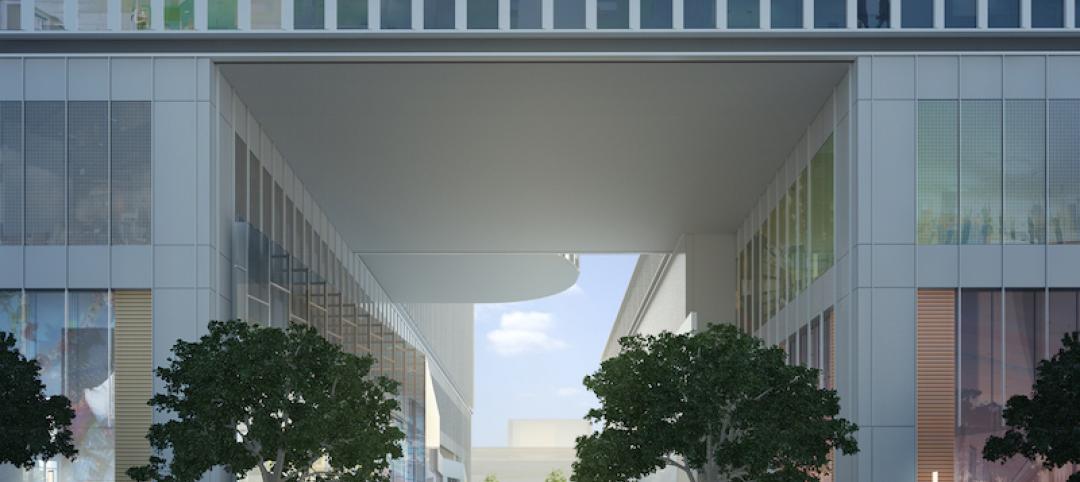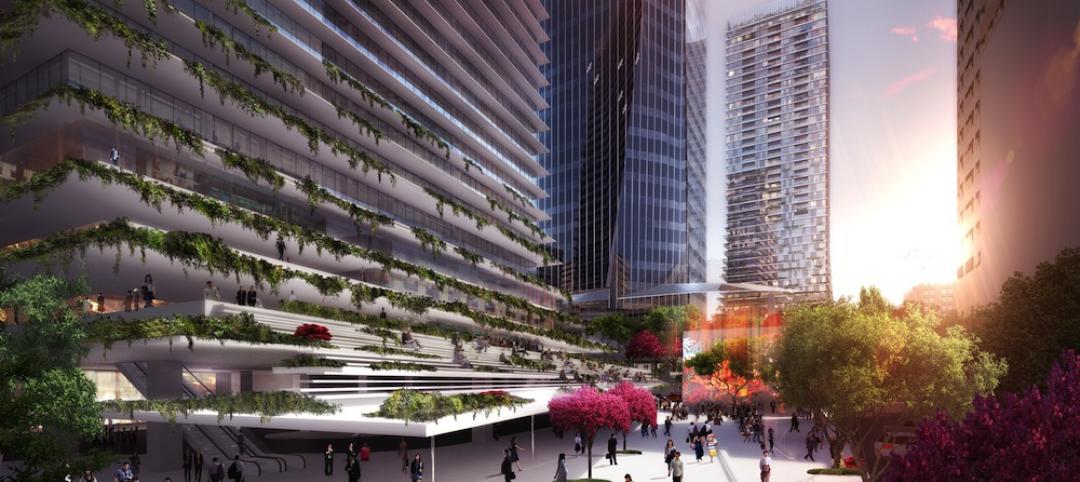The taller the building, the more prestigious it appears. At least, that’s how the thinking goes. Recently, cities around the world are beginning to use tall buildings to show off their wealth and prosperity in the same way professional athletes use garages filled with Ferraris, Aston Martins, and Lamborghinis.
Sure, tall buildings provide a way of maximizing space in crowded cities, but a report from the Council on Tall Buildings and Urban Habitat (CTBUH) points to the fact that many supertalls around the world have hundreds of feet of non-occupiable space. This “vanity height” as it is referred to, exists purely as a design element and to make the building taller.
In fact, if you eliminate vanity height, 44 of the world’s 72 supertalls (the number at the time of the report using July 2013 data) would measure less than 300 meters, losing their supertall status. The tallest of these building’s is Guangzhou’s 390-meter CITIC Plaza. Seeing these tall buildings only to realize so much of it is purely for aesthetics is like buying a large bag of chips only to discover a third of it is filled with air.
In terms of sheer height, the Burj Khalifa is the most egregious vanity height offender. 244 meters at the top of the world’s tallest tower is non-occupiable, that’s a whopping 800 feet. In other terms, if the Burj Khalifa’s vanity height were a building in its own right, it would be Europe’s 11th-tallest building.
In terms of percentage, another Dubai building is the worst offender. 39% of the Burj Al Arab’s height is non-occupiable space. However, at the opposite end of the spectrum, Dubai is also home to The Index, which has a vanity height of only four meters, or 1% of the buildings overall height.
New York has three of the worst offenders with the Bank of America Tower (131 meters, 36%), New York Times Tower (99 meters, 31%), and One World Trade Center (134 meters, 25%). The Empire State Building, however, plays the role of New York’s Index, as it loses just 1% of its height to non-occupiable space.
Measuring building height has been a fairly subjective practice over the years. Spires are counted toward height (which some view as counterproductive and rewarding vanity height) while antennae are not. In 1998, the then Sears Tower lost its title of tallest building in the world to Petronas Towers despite being almost 250 feet taller when its antennae were included and also having a higher occupiable top floor. The Petronas Towers’ spires, which are included in the building’s height, reach 1,483 feet in the air while the Sears Tower without its antennae, which are not included in its overall height, only reaches 1,454 feet. With the antennae the Sears Tower is 1,707 feet.
The now Willis Tower lost out again to vanity height in determining the tallest building in the United States. The Willis Tower’s roof is 442.1 meters high while One World Trade Center’s roof is 417 meters high. Again, however, One World Trade Center’s spire counts towards its height, bringing it up to 1,776 feet and giving it the distinction of being the tallest building in the U.S.
So what does all of this mean? Well, not much, except the list of the tallest buildings in the world would be shuffled around a bit if spires, masts, and antennae were counted toward a building’s overall height or, conversely, if buildings were just measured to their top floors.
But there really isn’t a simple solution: completely occupiable or not, the Burj Khalifa is still the tallest structure ever created (to this point. Jeddah Tower will take the title when it is completed, most likely with quite a bit of non-occupiable space of its own). But if you allow spires, antennae, or other non-occupiable components to count, then some architects and developers could add comically large elements to their structures just to get the accolade of tallest structure in the world.
Regardless, whichever way you measure it, architects are continuing to push the boundaries of what is possible in terms of building height as more tall buildings than ever are popping up in cities around the world.
Related Stories
Codes and Standards | May 25, 2016
LEED Dynamic is worth the effort, says commercial real estate executive
San Diego office tower is California’s first office building to receive LEED Dynamic plaque in recertification.
Building Team Awards | May 20, 2016
Pittsburgh's Tower at PNC Plaza raises the bar on high-rise greenness
The Building Team designed the 800,000-sf tower to use 50% less energy than a comparable building. A 1,200-sf mockup allowed the team to test for efficiency, functionality, and potential impact on the building’s occupants.
High-rise Construction | May 17, 2016
Foster + Partners-designed towers approved as part of massive neighborhood redevelopment in San Francisco
One of Oceanwide Center’s buildings will be the city’s second tallest.
Green | May 16, 2016
Development team picked for largest Passive House project in North America
The 24-story curved building would be 70% more efficient than comparable housing in New York City.
High-rise Construction | May 2, 2016
UPDATED* Construction to begin this summer in Chicago on Studio Gang’s Vista Tower
The 1,186-foot tower will be the third-tallest building in the city.
Wood | Apr 29, 2016
Anders Berensson Architects designs 40-story wooden skyscraper for Stockholm
The structure, which will be made entirely out of cross-laminated timber, will rise 436 feet into the air, making it Stockholm’s tallest building.
High-rise Construction | Apr 28, 2016
bKL Architecture proposes world’s third tallest tower for China
The mixed-use H700 Shenzhen Tower will have sky gardens, angled recesses, and an attached plaza. It will trail only the Burj Khalifa and the Jeddah Tower in terms of height.
Mixed-Use | Apr 24, 2016
Atlanta’s Tech Square is establishing The ATL’s Midtown district as a premier innovation center
A much anticipated, Portman-developed tower project will include collaborative office spaces, a data center, and a retail plaza.
High-rise Construction | Apr 21, 2016
Ingenhoven Architects unveils plans for two Tokyo towers
The Toranomon District will add a business and a residential high-rise, both of which feature green and energy-efficient design.
High-rise Construction | Apr 20, 2016
OMA reveals designs for its first Tokyo skyscraper
The goal is for the Toranomon Hills Station Tower to transform its neighborhood and serve as a hub for international business.

















